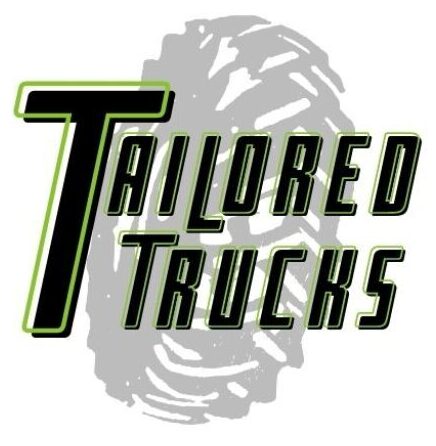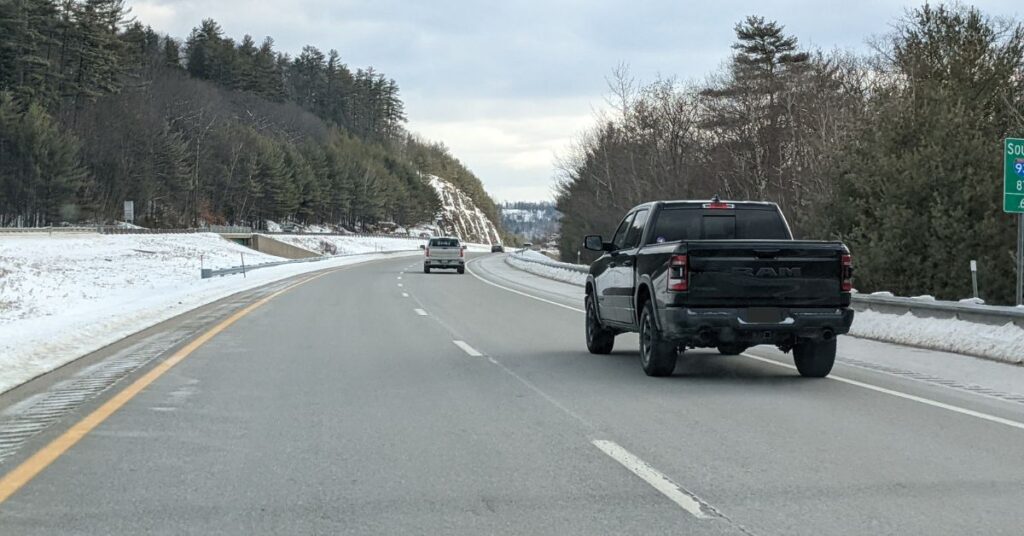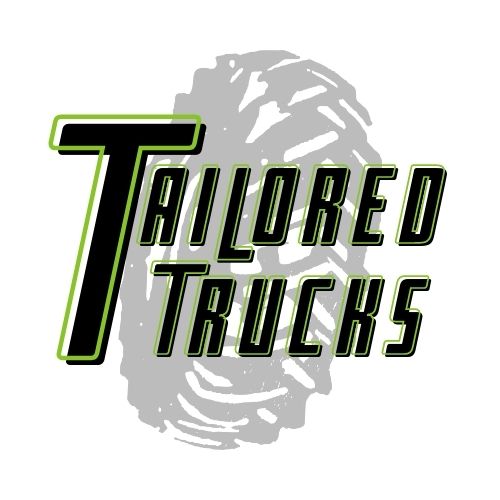There are a number of things that you need to worry about when towing anything on a truck or car.
There are weight limits, capacities, weight distribution, etc.
Towing puts extra strain on your car’s engine and transmission so it could force the engine to shift into high gears.
So should you tow with overdrive on or off?
Overdrive should only be active when towing on flat highways at higher speeds. Overdrive should be turned off when towing uphill, downhill, and in stop-and-go traffic.
In today’s day and age, very few trucks have an overdrive button on them anymore. This makes it harder to control whether or not a truck goes into overdrive.
However, there are other features on the trucks that help keep this in check.
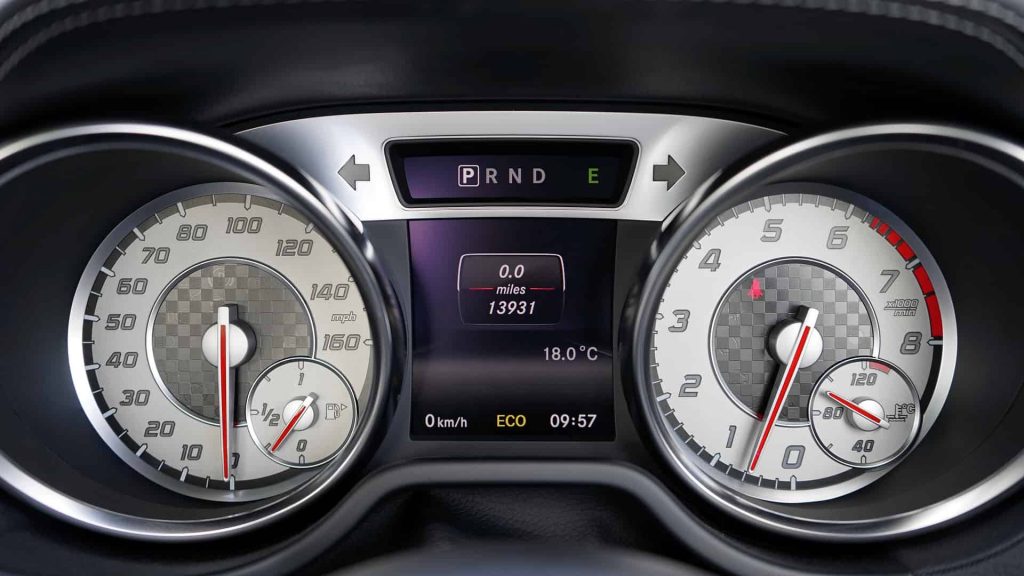
What is overdrive?
Overdrive is the act of using the highest transmission gear in a truck. This makes the engine run at a lower RPM (revolution per minute) at higher speeds.
Using a car in overdrive can reduce fuel consumption and help an engine run smoother.
When you put a vehicle into a higher gear, the actual size of the gear decreases and the car’s engine and transmission focus on spinning the wheels faster than providing power in acceleration.
When a car accelerates, it needs more torque to produce the power, this means that the gears are larger.
A car is in overdrive typically when its gear ratio is below 1:1. 0.8:1 and 0.6:1 are quite typical in this application.
A gear ratio in an engine refers to the ratio that the gear exerting power is being moved compared to the gear being moved. These are referred to as the driver and driven gear respectively.
The driven gear in a truck is also known as the ring gear. This is connected to the axle of the vehicle.
The driver gear is known as the pinion gear. this is connected to the drive shaft in the engine that produces a force (Source).
So a gear in overdrive has the outer gear(one connected to the axle) is spinning at least one rotation for every rotation in the engine.
Is it better to leave overdrive on or off for towing?
When towing, there is only one case in which you really want to let the car go into overdrive. This is when you are at high speeds on a flat surface, such as on the highway.
| When to have overdrive on | When to turn overdrive off |
| Regular driving | Off-roading |
| At high speeds | Towing in a city |
| Towing at high speeds on flat surfaces | Towing in stop and go traffic |
| Towing up and down hills |
What happens when you turn off overdrive?
When you turn off the overdrive feature, you prevent the vehicle from going into the highest gears.
This means that the transmission will only be able to shift into lower gears.
Fortunately, you cannot damage a vehicle by operating without overdrive. The only disadvantage is that you will get less gas mileage.
How to turn overdrive on and off
There are two ways in which a car or truck can go into overdrive. Some older models of cars and trucks actually have overdrive features that provide an additional gear for the transmission to engage on.
Most vehicles today automatically have the ability to go into overdrive activated and simply have a button that deactivates it. Most of the time the overdrive, or OD, or O/D button will actually turn off overdrive and prevent your vehicle from going into the highest gear.
In most modern trucks, these buttons don’t even exist. In order to prevent your vehicle from going into overdrive when towing, you must engage a tow or haul driving mode.
These modes will make changes to the transmission shift to accommodate the higher weight and may lock up the torque converter or even overdrive.
This is all dependent on the manufacturer, so you want to make sure to check your truck’s manual to see the options available.
For example, the 2021 Ford F-150 does not have an O/D button and when the car is in the tow/hauling mode it “moves upshifts to higher engine speeds to reduce the frequency of transmission shifting” (Ford.com)
It also creates engine braking which helps the vehicle slow down without engaging the brakes. This allows the truck to downshift when going downhill so that less stress is put on the brake pads from the extra weight.
It also improves steering and suspension to create better and more comfortable driving conditions.
Overdrive vs cruise control
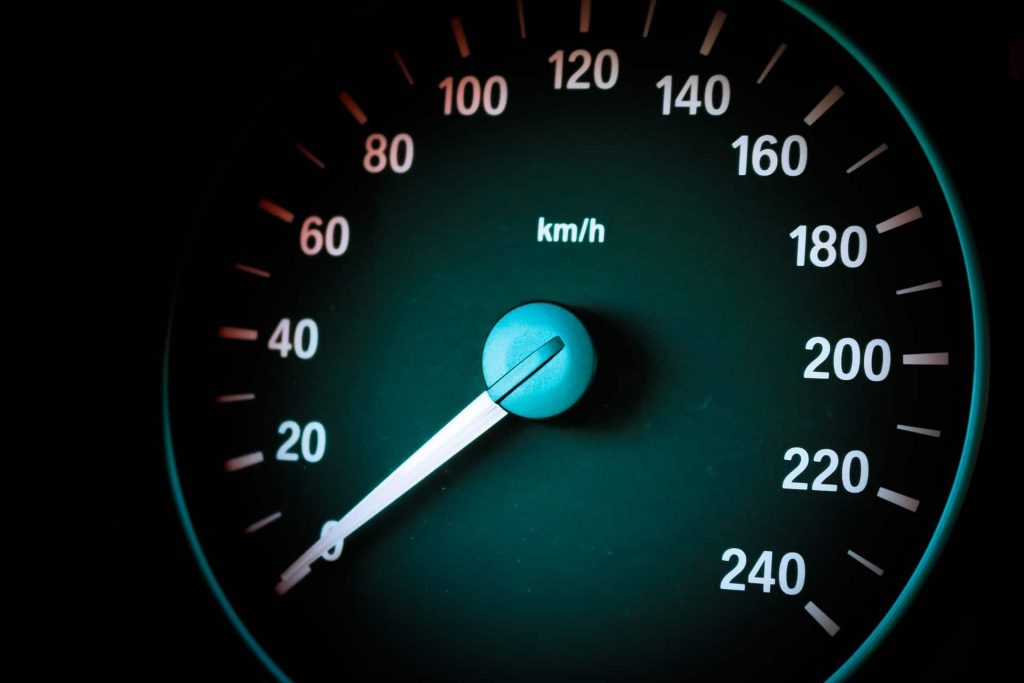
Cruise control and overdrive are not the same thing. Though they are both often used at high speeds and both save gas they are very different operations.
Overdrive refers to the use of the highest gear in an engine to maintain high speeds.
Cruise control is an electrical system that accelerates and brakes in response to the condition to maintain a speed.
Operating in overdrive does not mean you are maintaining a speed.
It is possible that while in cruise control you could also be in overdrive, but they are not dependent on one another.
Is it safe to tow in overdrive?
In terms of safety there are very few risks to towing in overdrive, but doing so can damage your vehicle. Towing with overdrive on can cause gear hunting and lead to overheating.
Gear hunting is the process of your transmission looking for the next gear without actually making a change. When a car is frequently stopping and starting, requiring extra acceleration and power, the car must switch into higher gears.
The extra weight on a towing truck can cause the transmission to overheat as it tries to go up in gears.
As mentioned before it is best to only use overdrive on flat highways while towing.
With extremely heavy loads, turning overdrive off is probably your best bet.
To prevent the transmission from overheating, you should lock out the overdrive feature or turn to towing mode.
It is especially important to turn off overdrive when towing at low speeds, both up and down hills, and in stop and go driving/
It is important to note that turning off the O/D will not hurt the transmission, so when in doubt leave it off.
Can you use cruise control while towing?
Cruise control is an option while towing, but similar to overdrive, it is only recommended when on flat surfaces on the highway.
Going uphill, your truck will consume a lot of gas to maintain its speed. As you turn it off, you will see your speed decreases, but your fuel efficiency will go up.
When you go downhill, you will likely notice that your truck will not control the speed, and you’ll want to make sure you are in control with the added weight.
Whenever you tow a load, you must remember that you now have extra inertia which requires more braking power to stop.
Cruise control should also be turned off when towing when there are poor road conditions such as bumps and poor weather.
Conclusion
Overdrive is when a car is being operated at the highest gear. When towing, this should only be active when on flat highways.
Most cars nowadays don’t make it easy to turn overdrive off but have other options such as a towing mode to prevent a truck from going into overdrive at the wrong time.
Overdrive ultimately helps save fuel efficiency as it focuses on maintaining wheel speed with less work; this causes a loss in acceleration.
Whenever you are towing uphill, downhill, with extreme weights, and in stop-and-go traffic, you should have your overdrive turned off.
There is no harm to having your overdrive turned off, but there is a risk of overheating if overdrive is engaged when towing.
During regular operation and driving, you can leave overdrive on.
When in doubt, turn overdrive off when towing!
Need help finding out how much your truck can tow? Check out the calculator with additional information on calculating towing capacity.
